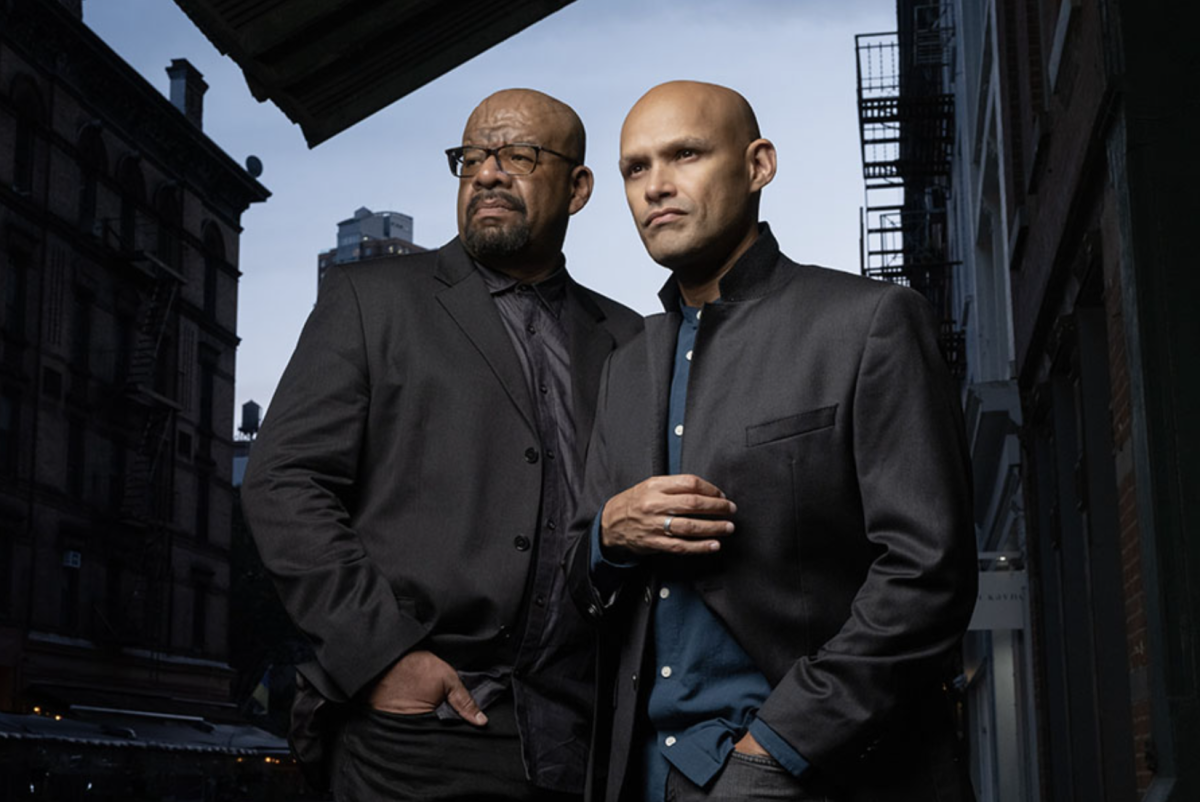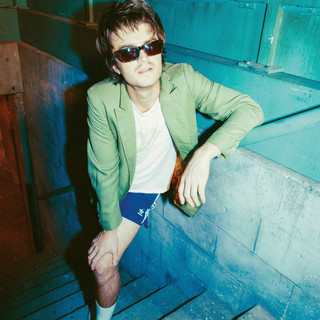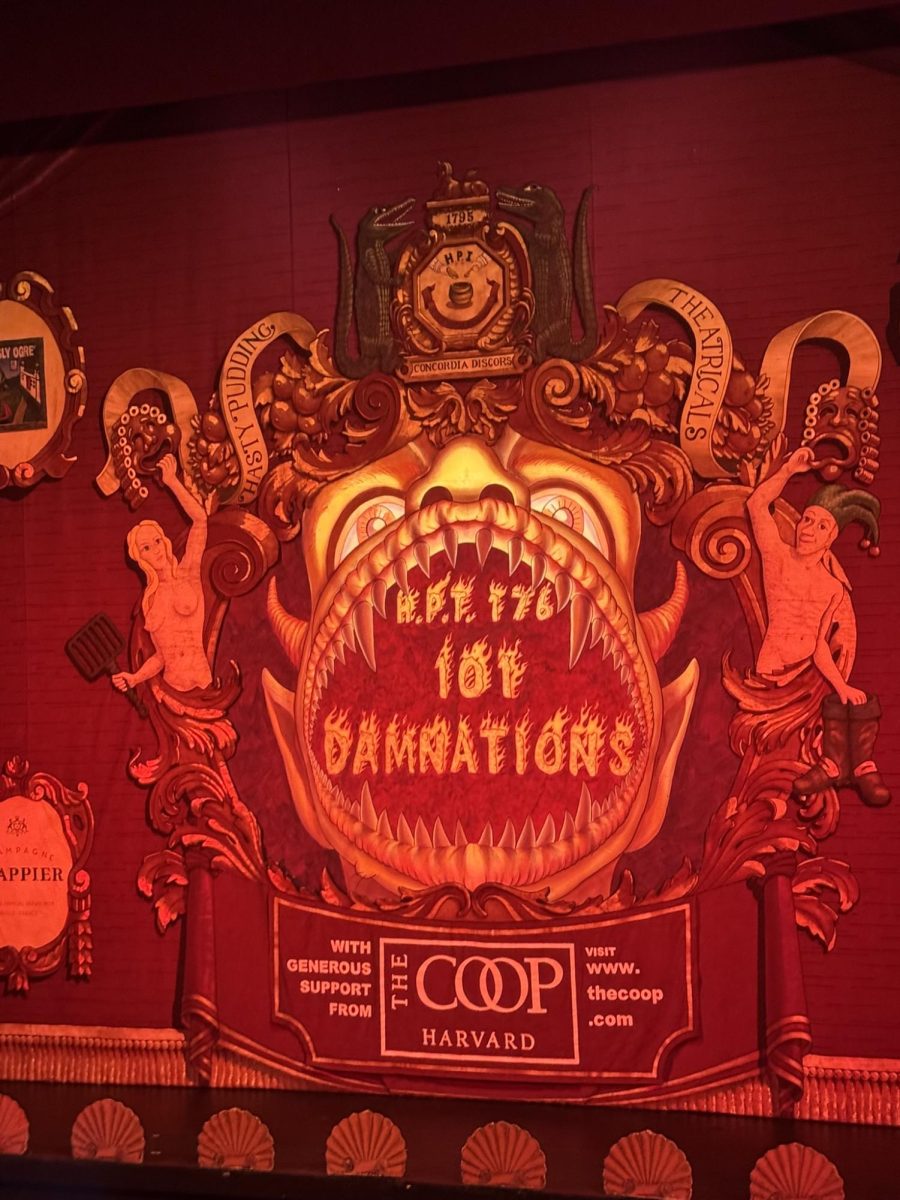The third installment of The Hunger Games trilogy, “Mockingjay,” starts with Katniss Everdeen crouched in the corner chanting, “My name is Katniss Everdeen, and I’m from District 12. I was in the Hunger Games,” in a state of madness until she is dragged to a hospital room. The first 30 seconds establishes the tense mood of the film and throws the audience right back into the dystopian universe of the Hunger Games book series. Although the gap between the second movie, “Catching Fire,” and “Mockingjay” was only a year, director Francis Lawrence makes very deliberate choices to remind the audience of the story up to this point without relying on clunky dialogue.
The structure of “Mockingjay” deviates from the plot of the other two books which revolved primarily around the Hunger Games themselves. Making an exciting movie out of the first books was an easier task. The Games provided exhilarating action scenes, which made it easy to keep the audience engaged. However, in the third book, Katniss finds herself in District 13, where an organized group of rebels hope to overthrow the Capitol and use Katniss as their symbolic leader. Organizing a political rebellion is not nearly as entertaining as seeing children fight for survival. The production company also decided to split the book into two movies, leaving Mockingjay: Part I to be primarily exposition.
However, Francis Lawrence handles this material deftly by focusing on Katniss’s internal struggle between her two love interests: Peeta and Gale. Jennifer Lawrence’s performance in “Mockingjay” proves again that she deserves all the accolades she has won. It also makes me wish the Academy gave more attention to big blockbuster movies, because her performance in “Mockingjay” was far more powerful than her role as the boozy housewife in “American Hustle.”
In “Mockingjay,” Katniss is driven primarily by her love for Peeta, which was not as clear in the other two movies and books. The Hunger Games franchise has often marketed a love triangle between Katniss, Peeta and Gale. In “Mockingjay,” any question that Peeta comes out as the winner disappears. Lawrence’s Katniss never shows Liam Hemsworth’s Gale the depth of emotion she displays with Peeta. Katniss and Gale share one tepid and forgettable kiss where both actors telegraph the performance. In contrast, Lawrence can’t hide her emotion when she sees Peeta on screen during Capitol TV. The quality of this movie, because it is so focused on character development, depends heavily on Lawrence’s performance.
While many fans would argue that the love triangle is not the primary narrative of the story, Katniss’s motivation does come primarily from wanting to save Peeta. However, one of the most nuanced aspects of Katniss’s characterization is that her main motivation is wanting to save Peeta, but that does not detract from her intelligence or strength.
At the beginning of the movie, Katniss joins the rebel forces, albeit reluctantly. As the movie progresses, she becomes more and more committed to the cause. However, she never becomes the revolutionary that Gale and Natalie Dormer’s Cressida are. Francis Lawrence does an excellent job of communicating the tense, anxious atmosphere in District 13. Philip Seymour Hoffman’s performance as Plutrach Heavensbee is particularly strong, and gives the audience the chilling sense that he is not to be trusted.
Francis Lawrence also does a wonderful job of intermixing the tense underground complex of District 13 with bright outside scenes. While the underground symbolism and implications of the revolution are still present, the film never feels claustrophobic. Lawrence intermixes Katniss’s actions and propaganda videos with truly stunning scenes of citizens of the district rebelling. The scene of Katniss singing the “Hanging Tree,” followed by shots of the rebels singing the song and destroying the Capitol’s dam was particularly haunting. By including the scenes of other riots outside District 13, Lawrence does a wonderful job of reminding us of the world outside the narrative of our protagonist.
“Mockingjay: Part I” has the problem of adapting only half of an already short book with less action than the other two installments. However, the confident direction of Francis Lawrence and beautiful performance of Jennifer Lawrence kept Mockingjay incredibly powerful.





